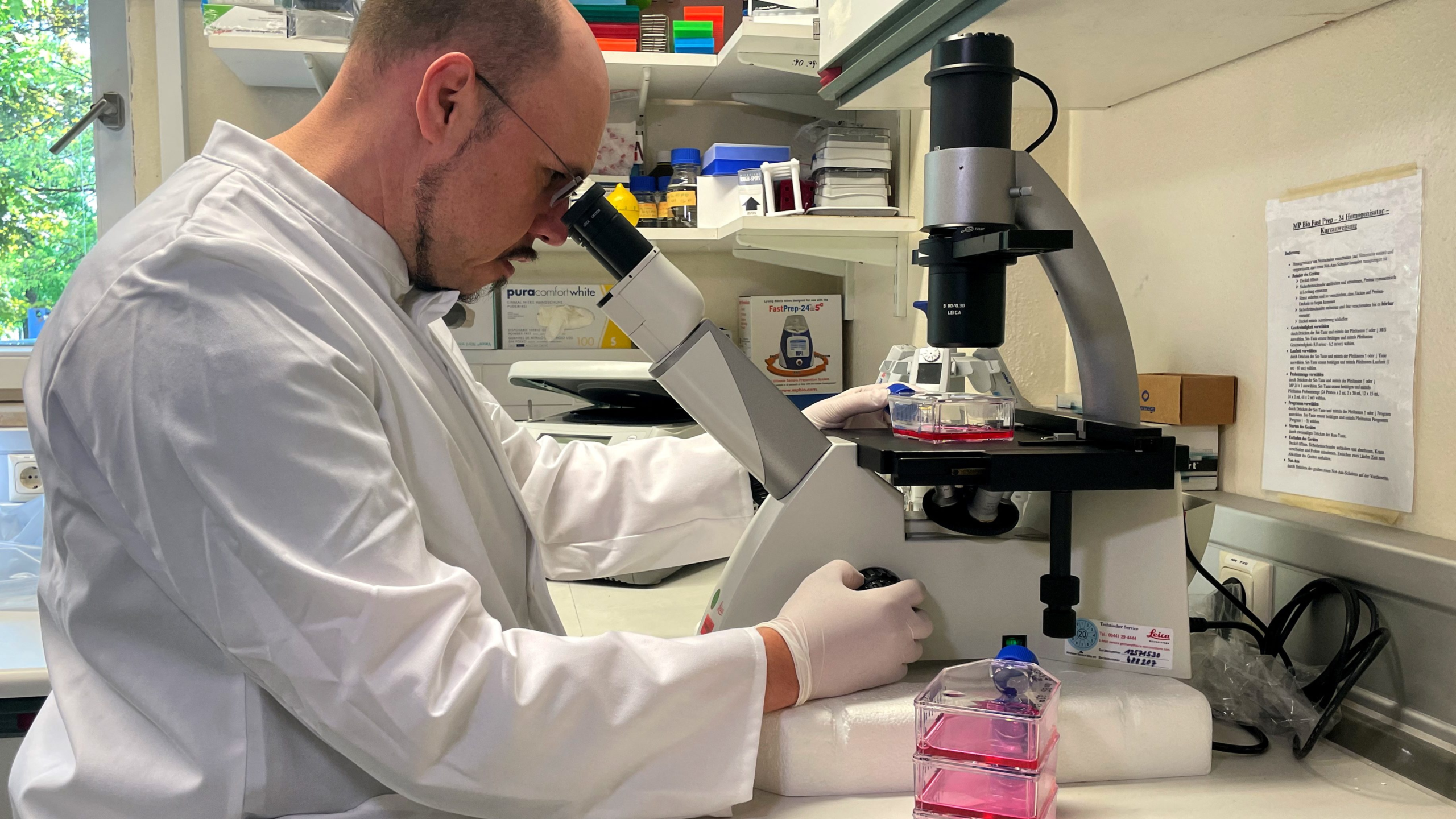Discover
Editions
More from Quartz
Follow Quartz
These are the core obsessions that drive our newsroom—defining topics of seismic importance to the global economy.
These are some of our most ambitious editorial projects. Enjoy!
Our emails are made to shine in your inbox, with something fresh every morning, afternoon, and weekend.
Senior reporter based in New York City
The markets may be in free fall, but a few biotechnology companies had an exceptionally good day. Siga’s stock is up more than 40%; Emergent Biosolutions’s gained nearly 12%, and Tonix Pharmaceuticals, 15%. Outside the US, Danish company Bavarian Nordic jumped 19%.
The reason? They make treatments for monkeypox.
A few cases of monkeypox have been registered in Europe and North America, far from West and Central Africa where outbreaks typically emerge. With covid still very much ongoing and fresh memories of early 2020, the alert has gone up quickly, lifting the shares of makers of the medications that would be needed to treat a monkeypox outbreak.
There isn’t a specific treatment for monkeypox. Existing treatments for the disease were originally approved as a defense in case of a biological attack. The smallpox virus belongs to the orthopoxvirus family and shares significant similarities with an old enemy of humankind: smallpox. Luckily, compared to smallpox, monkeypox is less deadly—between 1% and 3% of patients die from it, compared to smallpox’s 30% mortality.
The two viruses are similar enough that treatments developed against smallpox can be used with monkeypox, too. And while there aren’t specific treatments for monkeypox—an existing disease that has affected thousands of people in several African countries since the 1970s—there are many available for smallpox.
The latest drugs approved by the Food and Drugs Administration (FDA) to treat smallpox are Tpoxx (generic name: tecovirimat), made by Siga Technologies, and Tembexa (generic name: brincidofovir), which Emergent Biosolutions just acquired from its developer Chimerix for $325 million. Both drugs are antivirals, taken orally or as an injection. There is also a smallpox vaccine, made by Bavarian Nordic, and another by Tonix Pharmaceutical in the pipeline.
That is a lot of options to treat a disease that was declared eradicated in 1980. But these vaccines and antivirals were not developed to cure existing illnesses. They exist in case someone decides to bring back smallpox (also known as variola virus) as a weapon.
“Although naturally occurring smallpox no longer exists, concerns about potential uses of variola virus as a bioweapon has made smallpox drug development an important component of the US medical countermeasures response,” explained the FDA in its 2021 approval note for Tembexa. The same is true of Canada and European countries, which stockpile the treatments as a counterattack measure.
While bioterrorism is a serious threat, there is something paradoxical about European countries having to order smallpox treatments from the US in order to treat monkeypox, a disease to which rich countries hadn’t given any thought since the first official case in 1970. But like the spread of covid, the recent monkeypox flare-ups show viruses heed no borders. “Saying ‘no one is OK if we are all not OK’ is not just a punchline, but a truth inherent to the principle of global health,” says Nadia Sam-Agudu, a pediatrics professor at University of Maryland’s Institute of Human Virology.
📬 Kick off each morning with coffee and the Daily Brief (BYO coffee).
By providing your email, you agree to the Quartz Privacy Policy.
Make business better™
Discover
Topics
More
© 2022 G/O Media, Inc.
↑ Beam me up, Scotty
Discover
Editions
More from Quartz
Follow Quartz
